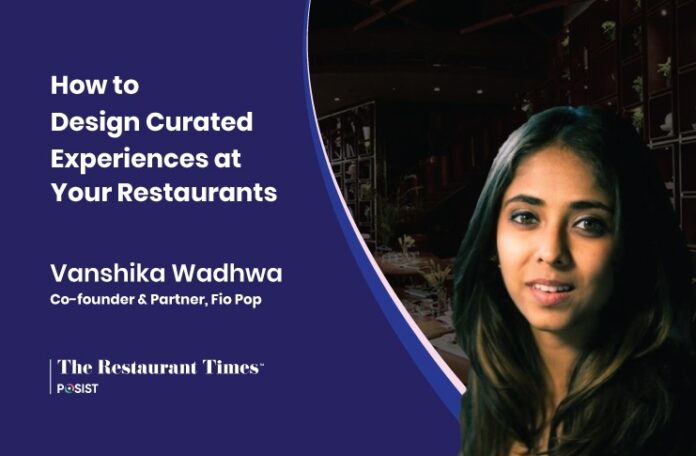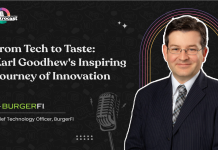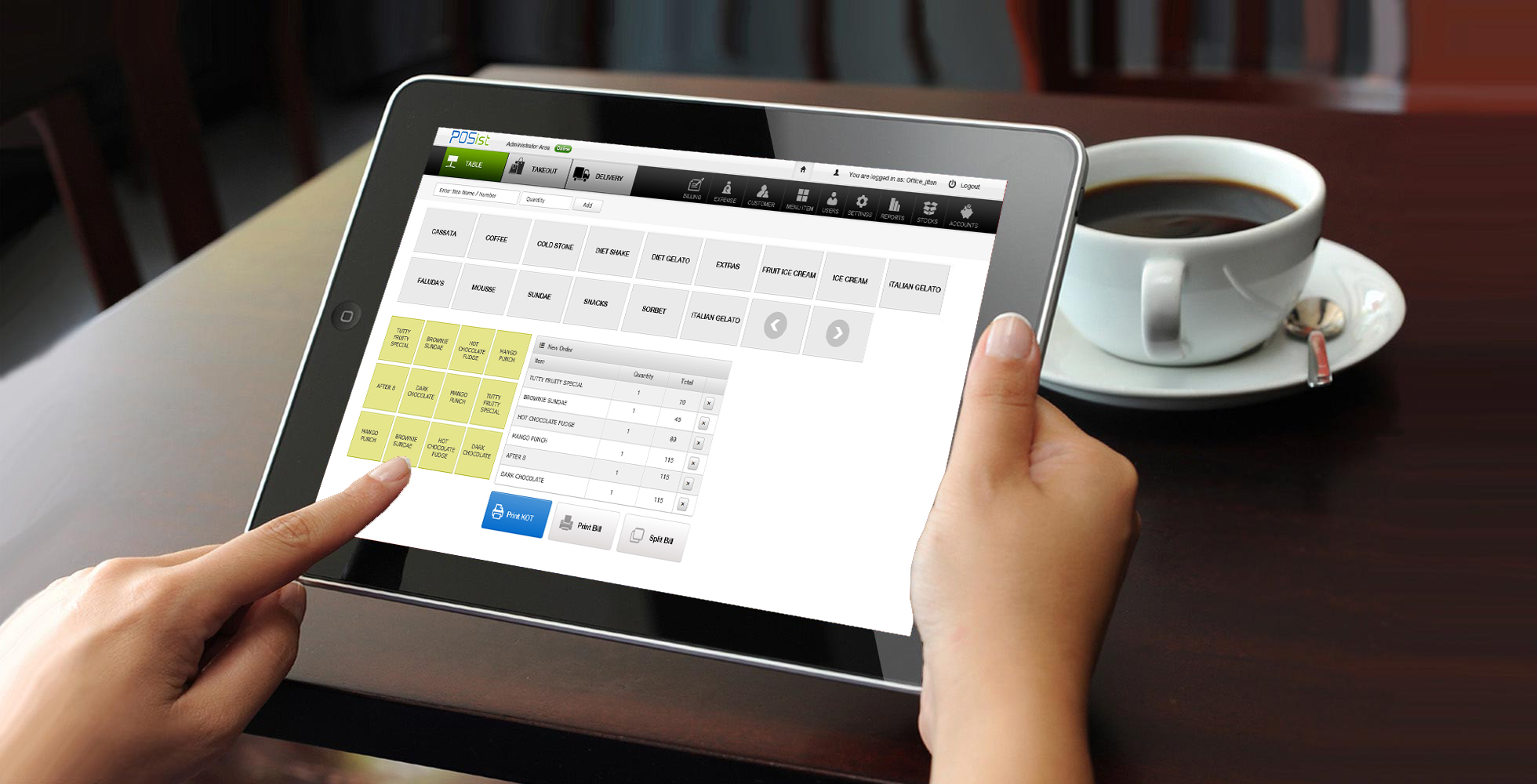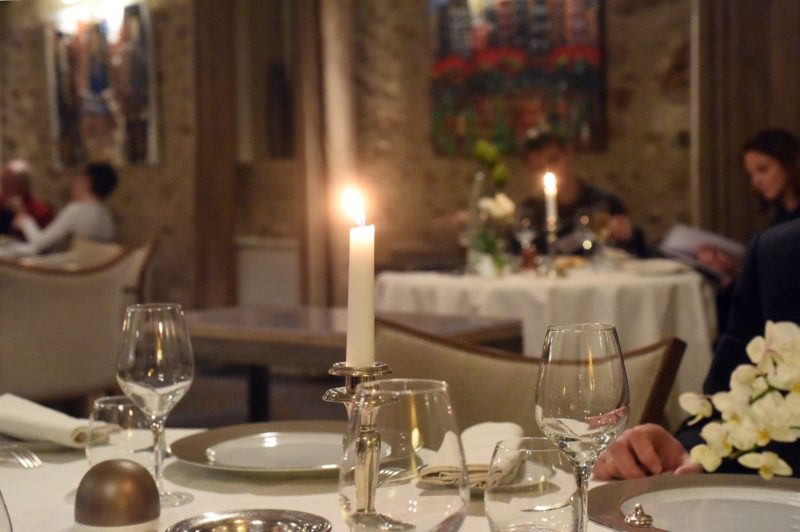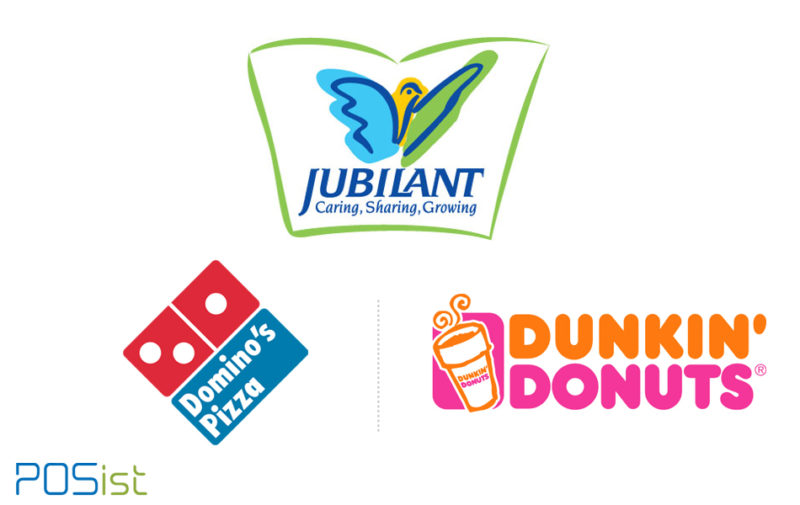Vanshika Wadhwa is a young restaurant entrepreneur and a force behind the upcoming brand – Fio Pop. A design enthusiast by heart, Vanshika has jumped into the family business to take the legacy forward.
In Conversation with Vanshika Wadhwa, Co-founder, and Partner at Fio Pop
In this exclusive interview with The Restaurant Times, Vanshika Wadhwa, Co-founder, and Partner, of Fio Pop, takes us through her journey as a restaurant entrepreneur, business challenges, and her take on bringing design thinking into different aspects of the business.
TRT – How was your transition journey from design to the restaurant? Having worked with a design consultant, how was it getting into the restaurant industry and that too with so much responsibility on your shoulders as a co-founder?
Vanshika: When this started in 2015, it was purely accidental. On a personal level, I was not feeling very satisfied just working an interior design job. I think I am very grateful that I have been a part of Fio since its inception. Since the business came to me through my family, I always kind of shadowed the process. I would often hear about what was happening. Though I was not actively involved at all, I am very fortunate that this was there because in that interim period when I was thinking of my next move I started working on the creative and design side of the business. It all started from there where one event came in after another and then the next thing I knew it had been a year or so and I was really happy because I enjoyed it. I immensely enjoyed working with the people and the creative work. Working with my family was very challenging as you are not trained for that and my education and I had corporate work experience. Coming into a system where you are an entrepreneur and you are working with fellow entrepreneurs who are your family came with a lot of learning. I learned what it’s like to work in India and how Indian family businesses are set up.
It was refreshing and the transition was slow. I didn’t jump right into anything and I took my time. I think I spent a good two years just doing marketing, and events, and having fun with what I knew and understood. During this time, I also met a lot of interesting people. I think that’s when I realized I wanted to create a brand of my own, something I could resonate with more. I wanted to create something which was relevant to my age group. I was 25 at the time I started working on the concept of Fio Pop. Frankly, speaking it took us a lot of time to even come up with the name. It took a good amount of time to bring it to life and then covid was a major setback.
Once things got better, we tied all the loose ends together and invested a lot of time to give the brand a strong shape. Finally, it was launched in 2021. In my opinion, it doesn’t matter if you’re a designer or a lawyer – entrepreneurship is a different ball game altogether. It is more about how you approach life or your work. With the right approach and attitude, you can do anything. In my case, design thinking has inspired my work quite a lot.
TRT – Fio restaurants have the top 5 percent of the population in terms of earnings as its audience. How’s it like curating the delivery experience for this audience during the pandemic? Also, what’s your take on the future of online food delivery?
Vanshika: Delivery was never our forte. Posist has been extremely helpful in helping me understand some of these things. The F&B industry is huge – there’s a variety of businesses. That said, we are not the kind meant for delivery. You don’t create palaces or physical experiences for something that has to come to you in a box. It doesn’t work like that.
Of course, it was very challenging for us from 2020 to 2022 as the number of delivery brands surged whether it’s through home chefs, home bakers, or just delivery brands.
Online delivery is a sales hack and in the first year of COVID, we also tried to focus on it as back then restaurants were not left with a choice. Delivery was your only revenue stream. That said, it has never been our primary focus. But we are working on some newer concepts now which are delivery focused and would cater to a larger audience.
We here are huge fans of the ambiance – the design, interiors, and especially the exteriors of the Fio restaurants. It always feels so good when you are dining close to nature. These days, the courtyard and outdoor dining are growing in popularity as people prefer the outdoors more than the indoors. As an expert in the domain – I think you have to evaluate your own personal strengths and create your own rules. As a family, we have always liked green landscapes. 12 years ago, when my father started Fio Cookhouse it was a novel idea to create an outdoor space like this for eating out. These days, there is a variety of options within outdoor dining space – you can set up a terrace garden, vertical garden, or a courtyard instead of designing a whole Italian garden-style seating. What I mean by this is, that one must evaluate one’s strengths and let them define the path for you.
I think this question is more relevant to Fio Pop as it caters to the younger audience – the Millenials and Gen-Z. Youngsters live online and it’s important to use social media as a brand because it’s the best tool to create awareness.
That said, we serve a lot of dishes that are not picture-perfect but they are very delicious. I think you eat with your eyes first. So, it is important that something looks nice and we are particular about it. But we don’t drive ourselves crazy merely on the presentation. If it’s put together well, that’s fine for us.
But with Fio Pop – from the crockery, cutlery, and colors to the presentation, a lot of work goes in. During the COVID lockdown, there was a lot of work that went into the restaurant and customer experience design. Since we value design, it is something that came organically to us.
TRT – How do you ensure that there is consistency in the food presentation and that you give a very good customer experience throughout?
Vanshika: There is no full-proof way to ensure consistency in the food presentation as ours is not a QSR business. That said, Fio has a strong base kitchen and we intend to create fresher experiences. I think what you need is a good team of people who understand what resonates with your thoughts about the brand.
At Fio, we have a structure in place where recipes and food presentation processes are locked in. However, we do allow leeway to a certain degree to be able to create authentic and fresher experiences. But these have to work within the framework and the ideology of the brand. Having said that, it’s always a one-off situation and it’s a learning experience so you get it right the next time.
Vanshika: I believe it comes down to your strengths or the strengths of your team. Our vision was to do a European-style cafe but our food ideology is that we keep our heart in Europe but are inspired by the rest of the world. It gives us flexibility in terms of menu engineering. Besides, it is easier for the customer to understand as well. Your customer should easily be able to understand your format, your kitchen, and your service.
Another important thing is to have the right-sized menu. It’s really great if you can serve 120 dishes but the question is – can you really deliver this type of menu? A couple of months ago, this topic was widely discussed in the company. We decided to keep only 40-50 dishes. I feel it’s the sweet spot. But if you have a large-scale restaurant and an all-day dine-in format, you can think differently. But if you are in the same segment as ours, I think it’s best to offer 30 to 40 dishes. And, let your strengths decide what you can deliver.
TRT – What is your vision going ahead and also any advice do you want to give to any budding restauranteurs?
Vanshika: I think the restaurant industry is not as glamorous as it seems. It requires a lot of work. So you got to love what you do. It has taken me my own time and journey being here and the word “restaurateur” still feels new to me. I like being called a designer first as I relate more to it. That said, I think there is a lot of scopes if you have the right attitude, patience, and love for what you do.
In terms of my vision, I am currently focused on my baby – Fio Pop. Aside from this, we are also working on a few new brands in the delivery segment as well as in the premium segment.
As a brand, we understand the premium segment really well, but we are going to be selective about the kind of venues we open. After Covid, I think we have been a little more conservative but we have a lot more coming up.


